Qilu Net·Lightning News on April 2nd, according to the “China Cardiovascular Disease Report 2017”, there are 158.31 million people over the age of 65 in my country, and the incidence of mitral regurgitation (MR) is about 6.4%, so It is conservatively estimated that there are currently more than 10 million patients with mitral valve disease in my country. The most common is degenerative mitral regurgitation (DMR), followed by functional mitral regurgitation (FMR).
In the past, the main method for the treatment of mitral valve insufficiency was to open the chest for mitral valve repair or replacement under cardiopulmonary bypass, which was traumatic and risky. Especially in patients with functional mitral insufficiency, due to their old age, poor cardiac function, and many comorbidities, the patients are often unsuitable or unable to tolerate surgical operations, and they are incapable of effective treatment.
Transcatheter mitral valve clipping (MitraClip technique) is a new technology for minimally invasive treatment of mitral regurgitation introduced in my country in the past two years. This method does not require thoracotomy, and uses a special mitral valve clip delivery system to deliver the mitral valve clip along the leg blood vessels to the diseased mitral valve through the catheter, and clip the regurgitation mitral valve area to achieve the purpose of treatment.
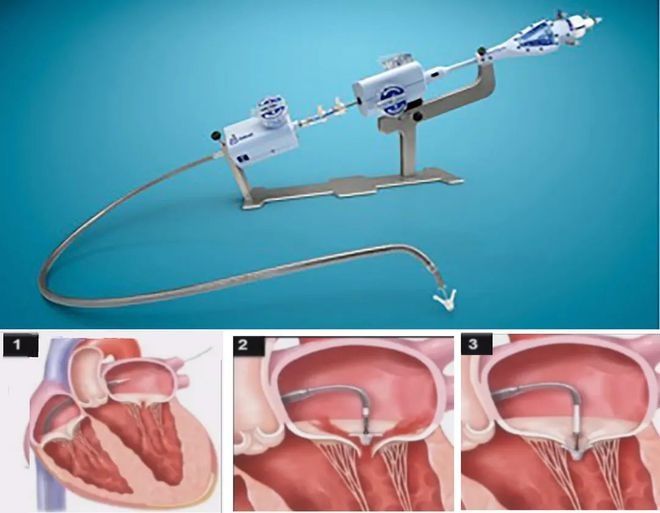
The patient, Grandma Li, 76 years old, suffered from chest tightness and suffocation after repeated activities for three years, and sometimes could not lie flat at night, quality of life and severe decline in mobility. Ultrasound showed that the mitral valve showed functional severe regurgitation (FMR), the regurgitation was mainly in the A2-P2 area, the length of the anterior lobe was 18 mm, the length of the posterior lobe was 12 mm, the width of the systolic neck was 6 mm, and the height of the atrial septal puncture point was 4 cm. The patient wished to be treated with transcatheter mitral valve clipping.
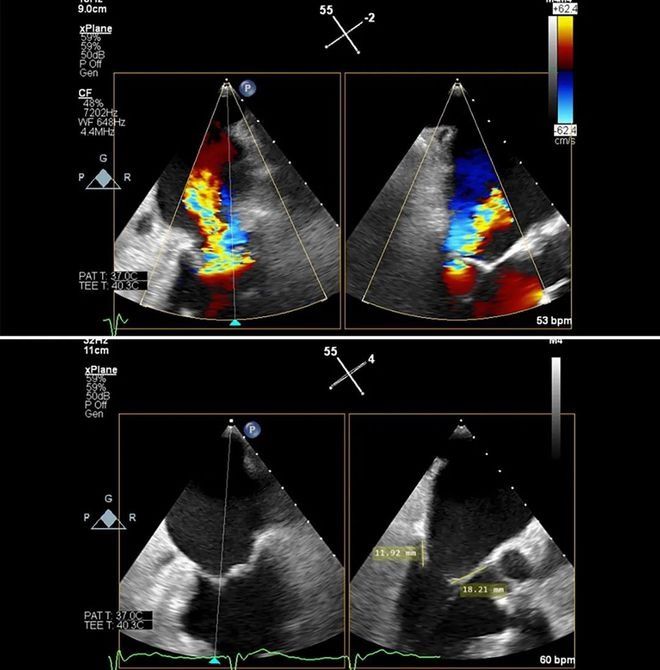
Preoperative simulations were repeated by the Cardiac Surgery, Cardiac Ultrasound Clinic, Anesthesiology Operating Room and Cardiology Team training, and various contingency plans. On April 2, the operation was performed by Li Hongxin and Zheng Xiaozhou, chief physicians of the Cardiac and Great Vascular Surgery Department. It was successfully completed with the strong support of Ren Satisfied Deputy Chief Physician of Cardiology Department. Mitral regurgitation was reduced to mild (disappeared) and the operation lasted only 3 hours.
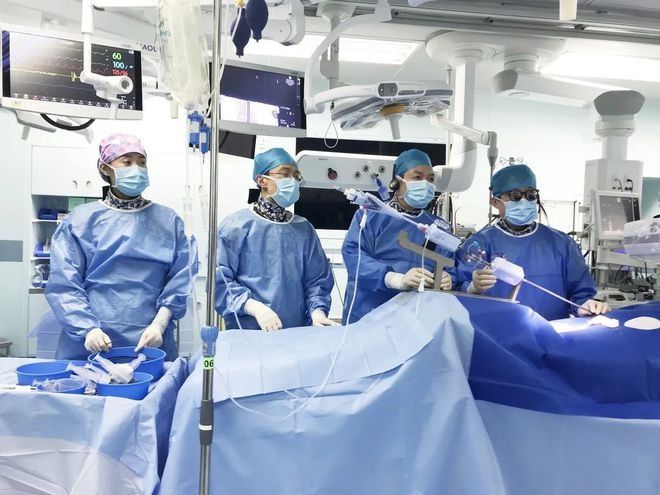
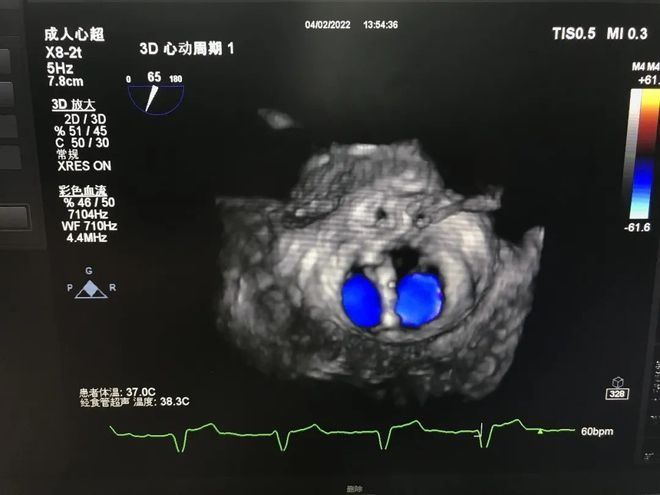
Different from percutaneous intervention Valve implantation (TAVI procedure), transcatheter mitral valve clipping is more dependent on ultrasound guidance. The team of Li Hongxin, director of the Department of Cardiac and Great Vascular Surgery of the First Affiliated Hospital of Shandong First Medical University, has been carrying out ultrasound-guided interventional therapy for structural heart disease for 21 years. Transcatheter mitral valve clipping can fully demonstrate the advantages of ultrasound-guided intervention. It perfectly fits the concept of surgical anatomy and real-time ultrasound monitoring. It can accurately clip the mitral valve diseased area without contacting X-rays to complete the treatment.
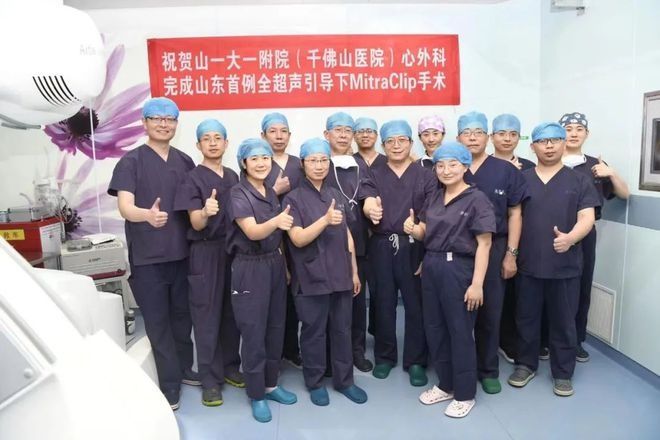
This time, the Department of Cardiovascular Surgery of the First Affiliated Hospital of Shandong First Medical University continued to lead our province in structural heart disease The minimally invasive treatment in the field of disease has brought the treatment of heart valve disease to a new level, providing a new treatment method for critically ill patients with valvular disease.
Lightning News reporter Han Yujing